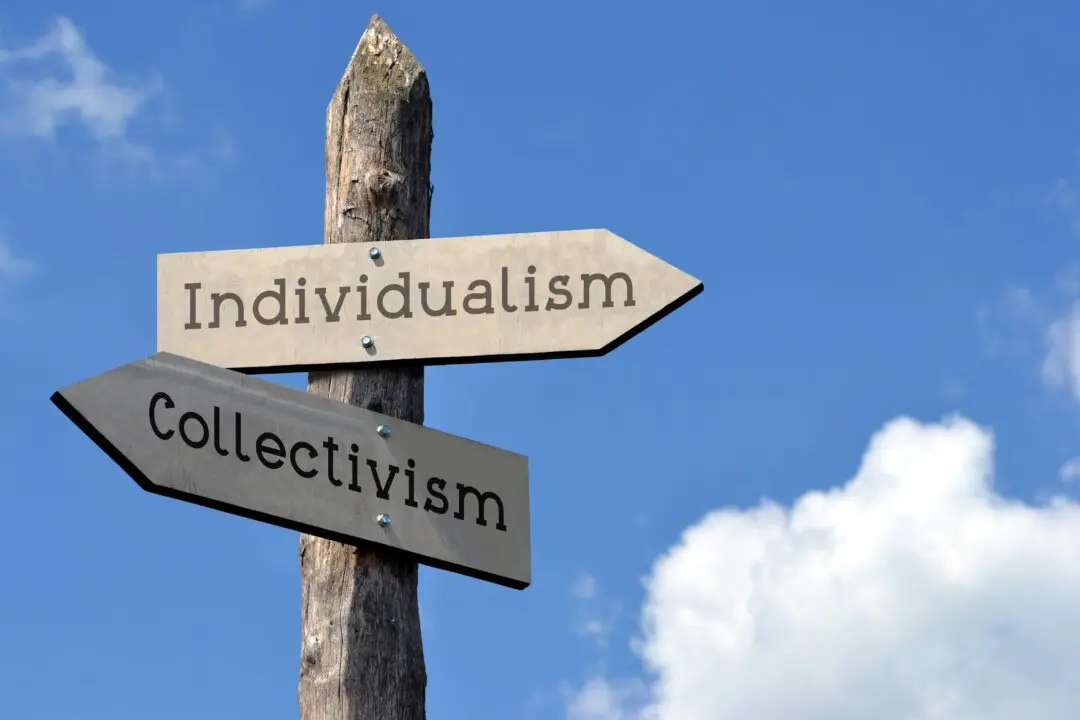Commentary
Fifteen years ago, the entire housing sector sunk from its highs. Because so much debt is involved in this market, carried by banks but then bundled without regard to risk and resold in financial markets, this turn of events precipitated a financial crisis that spread around the world. Government and central banks undertook unprecedented actions to save the system with bailouts.





